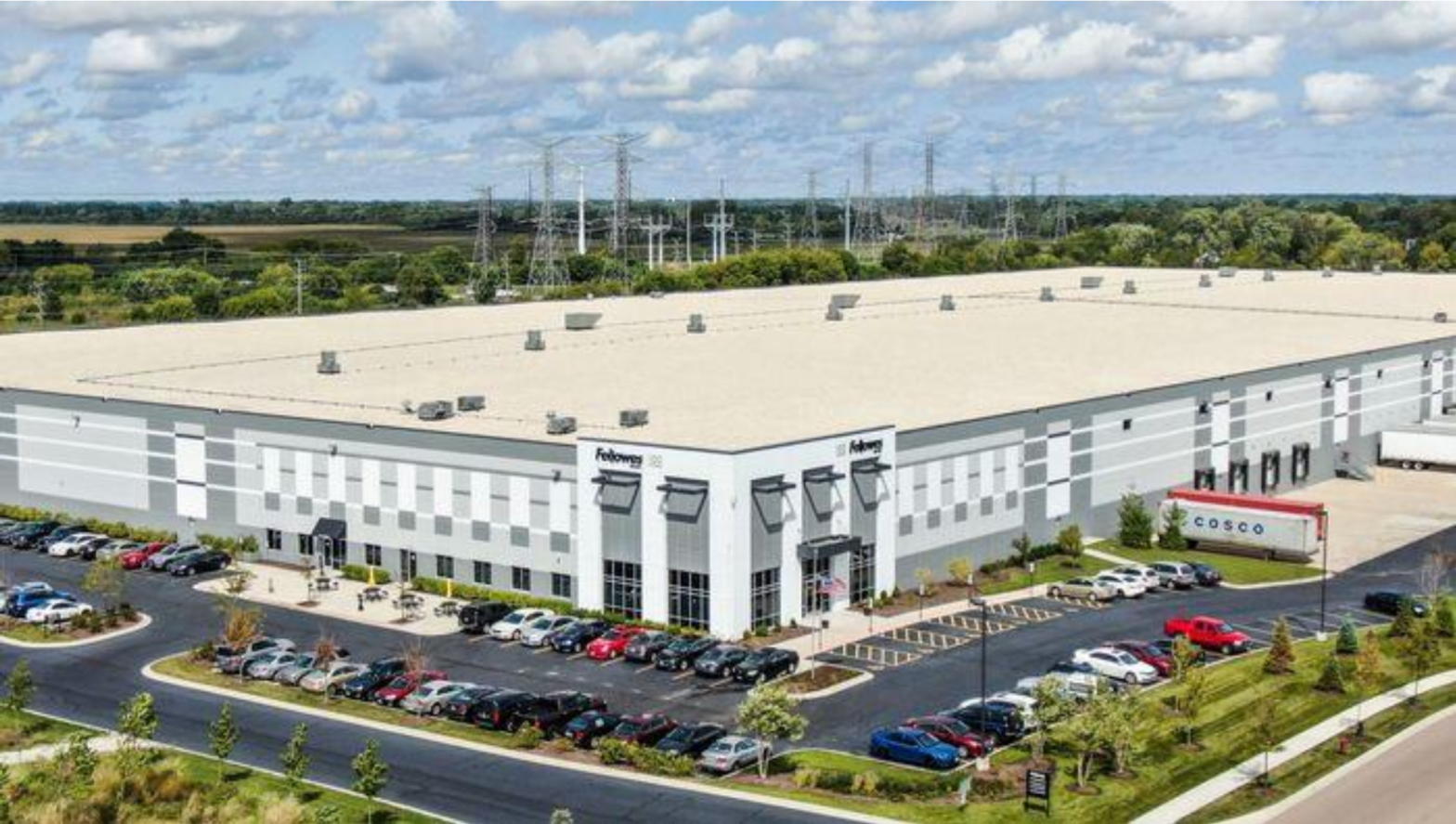Demand and leasing rates are no longer red-hot, but the industrial real-estate sector is proving resilient
Developers couldn’t build warehouses fast enough during the pandemic after an unprecedented rise in consumer demand left businesses jockeying for space to store their goods and increase their supply chain capacity. However, as interest rates have more than doubled in 2023, new development has drastically slowed due to the cost of financing and businesses have begun to pull back from warehouse leasing to save costs on fulfillment.
Companies from e-commerce retailers to third-party logistics providers are leasing less new warehouse space amid weak freight demand, high interest rates and shifting consumer spending. But the industrial real-estate market has not completely cooled off after three years of frenetic expansion. The amount of storage available remains historically tight. The industrial market is “starting to slow,” said Matt Dolly, research director of real- estate services firm Transwestern. “I’m not going to say the brakes are on, but the foot might be off the gas and maybe they’re in cruise control.” Companies rushed to add hundreds of millions of square feet of warehouse space from 2020 through 2022 to meet pandemic-driven e-commerce demand. Those decisions drove the nationwide vacancy rate down to nearly 3% as of late last year, and some markets such as Southern California were effectively full.
The red-hot growth pace of the warehouse property sector has contrasted with the rest of the commercial real-estate market, which has been pummeled by fading demand for office space. Industrial leasing has cooled and vacancy rates are ticking up, but business remains strong by historical standards, with companies still taking enough new space to keep warehouse rents climbing in many tight urban markets.
Logistics operators leased about 205 million square feet of warehouse space in the second quarter. That was down from the 235 million square feet leased in the same period a year earlier, but still significantly higher than 135 million square feet in the second quarter of 2019, according to real-estate services firm CBRE. Hamid Moghadam, chief executive of Prologis, the world’s largest owner of industrial real estate, said there is still demand from companies looking to expand. “Is it as great as it was in ‘21 and ‘22? No, but you know, in 40 years of doing this, those were by far the two best years” he has seen, Moghadam said. “I would say this year so far has been one of the top five.” Moghadam said some of the demand is coming from companies that are looking to hold more inventory closer to their customers after grappling with supply-chain disruptions the past few years. People realized they’re running too lean on inventories and they’re out of stock whenever something bad happens so people are carrying a little bit more inventory in the system.
Broader geopolitical tensions that are driving North American companies toward nearshoring, returning production that had been done in Asia, is also driving warehouse demand. The addition of manufacturing facilities in the U.S. and Mexico is leading those companies and their logistics providers to set up distribution centers to serve the burgeoning market. C.H. Robinson Worldwide, the largest freight broker in the U.S. by revenue, this month opened a 400,000-square-foot warehouse in Laredo, Texas, to handle the flow of goods between the U.S. and Mexico.
Warehouse rents have continued rising as companies have slowed their leasing decisions, a sign that the market remains tight. Tight capacity in the top 15 MSA’s in the country is helping keep the price of industrial real estate relatively high by historical standards. Developers raced to build more industrial real estate starting in 2020 to meet demand. They have started cutting back their plans more recently amid rising borrowing costs. About 110 million square feet of new space began construction in the second quarter, down 55% from a year earlier, according to real-estate analysis firm CoStar Group. Larger supply-chain trends, including efforts to make distribution networks more resilient, are also bolstering demand.
Rethinking Supply Chains
However, there are signs of tightening. Amazon and other major companies have scrapped expansion plans and laid off workers in mid-2023 as they adjust to recent deteriorating economic conditions. The wars in Ukraine and now Israel have highlighted macro issues that could put a halt to the red-hot market over the last 3 years.
A lasting effect of the pandemic is retailers realizing that a just-in-time inventory strategy is too risky a model in the new era. The risk of out of stocks due to offshoring has negatively impacted sales revenues, and companies are rethinking their supply chains to nearshore production and distribution closer to their customers in North America.
Companies will continue to take advantage of Amazon’s significant pullback in warehouse capacity in 2023 and going into 2024, grabbing development and expansion deals that weren’t available previously. Amazon is closing, canceling or delaying orders for 88 facilities in the U.S. and 8 in the rest of the world.
Original Article by Liz Young & published in the Wall Street Journal

